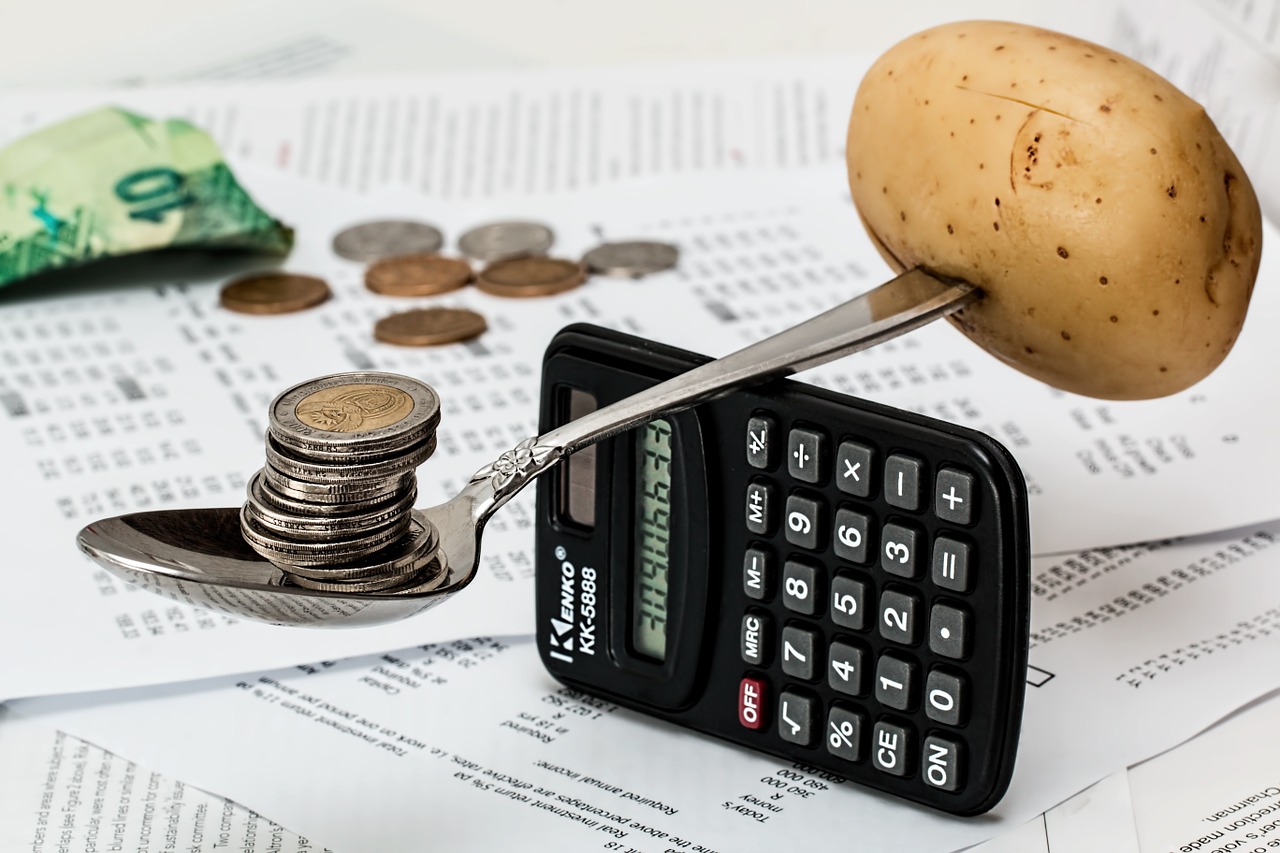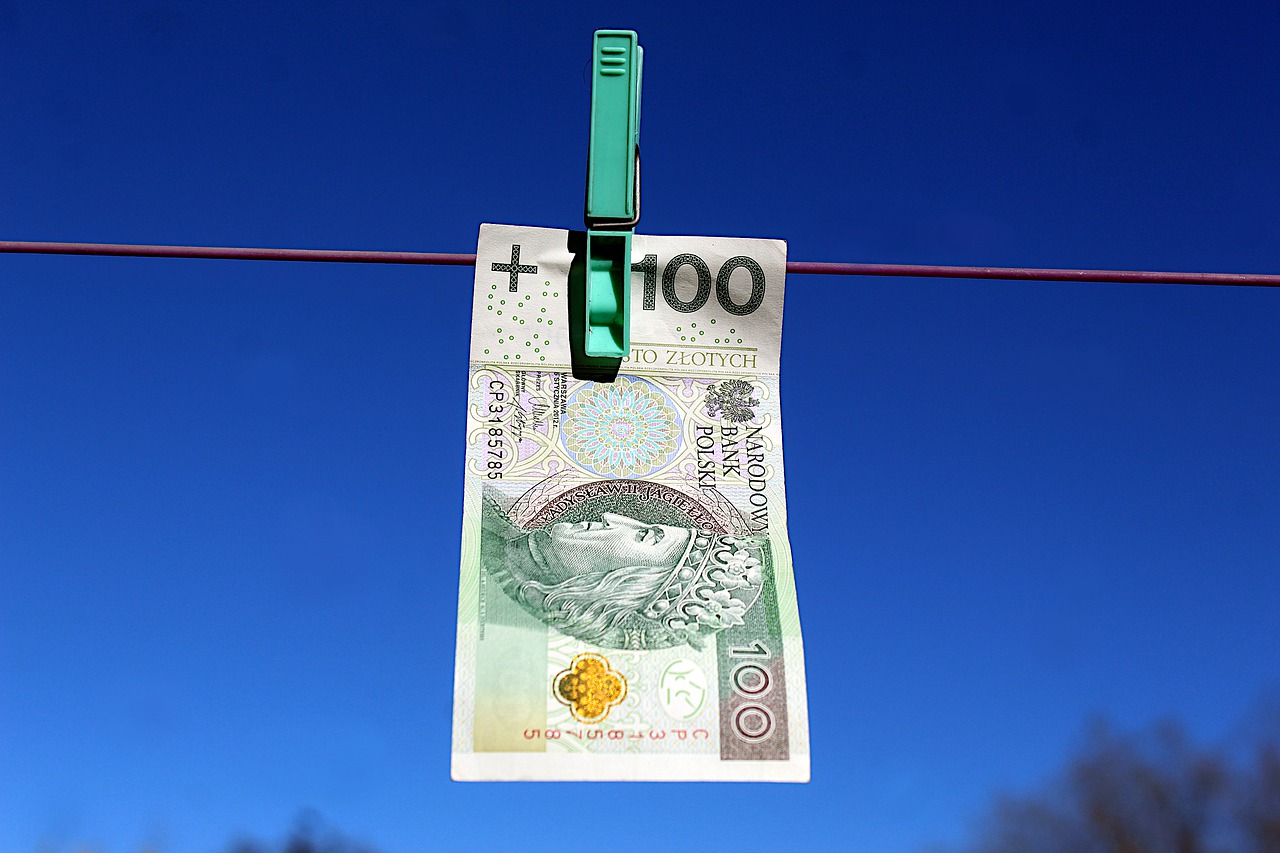Price is one of the most important “P” in the marketing mix strategy. Therefore, the first and foremost thing before putting a product up for sale is to set a reasonable price for it. However, the right price doesn’t come overnight but requires a lot of time and effort.
If you haven’t yet found an effective pricing method for your business, read on! LitExtension – The World #1 Shopping Cart Migration Expert will talk through 10 profitable pricing strategy examples for small and medium-sized businesses (SMBs).
These pricing strategies in marketing can be applied to both online businesses and traditional ones. If you currently run a brick-and-mortar store, it’s time to tap the online market to maximize your profits.
#1. Cost-plus Pricing
When it comes to pricing strategy examples, cost-plus pricing is the most common one. Cost-plus pricing refers to a pricing strategy where you add a percentage of markup in the production cost of the product to determine its price. This method is the most straightforward way to set your price.
A cost-plus pricing strategy takes the costs into account with an assumption that you can differentiate your product from your competitors. The production cost will mark a starting point. Then, based on an estimation of customer demand, how much they are willing to pay for the products, the sellers will set a reasonable price. As a result, the price will cover the cost as well as the desired profit. You can higher your earnings by not only setting the price as high as possible but also cutting the production cost.
This pricing strategy example requires less time and effort to do market research. It is based mostly on your own decision rather than your competitors’ strategies and consumer demand. However, it seems that you can not fully maximize your profit since you don’t clearly understand your customers’ perspectives as well as the actual value of your products.

#2. Competition-based Pricing.
Simply put, competition-based pricing is when prices are set based on those applied by the rivals in order to match or beat their prices. In other words, the sellers mirror their competitor’s pricing. This pricing method only works if your products are congruent with those of your competitors.
Obviously, this pricing strategy is helpful for your business to enter the market, survive and remain competitive, especially in a saturated market. However, it seems to be short-term thinking because you will acquire the same customer base as your competitor. Therefore, it’s crucial that you implement other strategies along with a pricing method, such as some eCommerce hacks, to help your online business flourish.
Rather than focusing on setting a price to compete with the existing sellers, you’d better pay attention to pricing to show value with reference to your customers. Or else, your business will be operating in an unsustainable development path.
Honda and Toyota are real-world competitive pricing examples. They tend to take a cure from each other. Their latest versions will have not only the same features but also a similar price.
#3. Value-added Pricing
In contrast to cost-plus pricing, value-added pricing is a technique where the price is set based on how much customers are willing to pay rather than the cost of the products. By adding premium value to make your products top-notch items, you can set a high price for them. Since your products have a competitive edge over the rest, the customers will be willing to spend extra money so that you can achieve the highest revenue and benefits.
This type of pricing strategy gives you an outward look to set the price at the real value of your products. Value-based pricing is customer-focused pricing which means it is all about the customer: customers’ demand, customer’s ability to pay…
Having a deep understanding of what you are selling and who you are selling to is crucial for your long-term development. An accurate determination of the customer’s demand will help you create a customer-oriented marketing and development strategy. Besides, it also contributes to delivering higher-quality, competitive and considerate products.
However, you must ensure that your products are of such a high quality to satisfy the customers’ demands and needs. Besides, this pricing strategy requires much more research and analysis than other techniques.
Value-added pricing strategy is an optimal option for companies and businesses offering unique, special products with highly valuable and outstanding features rather than commoditized items.

#4. Penetration Pricing
In essence, penetration pricing is the practice of nailing down a price that is lower than the market price to catch the attention of consumers. This type of pricing strategy is helpful for small businesses first entering the market. Especially, when giant players heavily dominate the market, a lower price will help your products stand out as being more competitive than the rest. Besides, penetration pricing works best for goods or services.
Although this pricing strategy can result in an initial loss, the major objectives associated with a market penetration pricing strategy are to make your products more attractive to the customers and easily penetrate the market during their introduction stage.
However, there exists a bad scenario in which your customers will switch to your competitors when your products have already achieved a certain amount of market share and the prices start to rise. Besides, if your rivals also lower their prices, you may have to invlove in a price war. As you sell your products at a low price, you have to maximize your sales volume to gain profits. Take a look at these tips to help your website convert customers.
#5. Skim Pricing

In contrast to penetration pricing, a price-skimming strategy assumes that the sellers market their products at high prices during the launch of a product. It firstly targets consumers having low price sensitivity. Then, when the demand decreases, the sellers will gradually lower the price to capture the rest of the market. Instead of maximizing sales volume, businesses want to earn the highest profit in such a short time.
You can apply this pricing strategy if your products have price inelasticity. In other words, the quantity demanded of your product will not vary regardless of any changes in its price.
Skimming pricing strategy examples will bring you high profits in short term based on the customers’ demand. However, because this pricing strategy can only work with the market having a high demand for early adoption, it seems only suitable for businesses in innovative fields such as technology businesses.
You don’t have to go far to see a price skimming example in real life. Apple with its state-of-the-art iPhone always charges its users a higher price in the introduction stage of a new product. An iPhone 12 cost X at launch, then its price stood at Y after about a month.
#6. Premium Pricing
Premium pricing is one of the smart pricing strategy examples in which the sellers will set a high price throughout the life cycle of a product. The sellers create a perception that their products are of a higher quality than those from their competitors, with some high-end features.
This pricing strategy only works when your target customers are the upper class, whose interest is the product quality instead of the price. Therefore, if your product is driving such a premium-worthy value, you can earn a great deal of money from them.
Specifically, you can apply this pricing strategy if your products are luxury, unique products, or at their early introduction, having parents or copyright, or in the market having strong barriers to entry.
You can easily find many outstanding examples of this pricing method in the luxury industry, where premium pricing strategy examples are very prevalent.

#7. Dynamic Pricing
Dynamic pricing refers to the method of setting different prices for the same product. Based on changes in supply and demand, market conditions, or seasons, the sellers have price flexibility to maximize their profits. Dynamic pricing is the most-used Amazon pricing strategy.
However, the customers can be left with the cognitive dissonance of being ripped off by the brand as they have to pay higher for the identical products others bought. That can lead to the distortion of your brand image.
There are two types of dynamic pricing: The first one is often determined based on groups of customers and is mostly used in the service industry. The second one is set based on time, such as at the end of a quarter, a year… and mostly used in the travel and sales industry.

For instance, if you ever searched for a place during holidays, you already see an increase in the price of not only flight tickets but also accommodations.
You can effectively leverage the power of this pricing strategy using coupons and discounts, or a right value metric. Besides, you should focus on the out-of-the-door price, which includes all additional fees such as shipping, taxes… You can avoid a consumer backlash by setting a price floor and adjusting the additional fees.
#8. Bundle Pricing
Bundle pricing is also one of the pricing strategy examples that I’d like to mention in this article. It is a pricing method in which sellers combine lots of single products into a comprehensive package deal and sell it at an all-inclusive reduced price instead of selling them separately.
As the consumers have to pay less than when buying those products separately, they feel that they picked up a good bargain in the sale. Although a bundle charges customers a discounted price, this pricing contributes to increasing sales volume as the consumers purchase more products. Therefore, on the whole, it helps increase your sales revenue as well as your profits without hurting your brand image.
Bundle pricing strategy examples are ubiquitous, especially in the eCommerce and retail industry. For instance, A often bundles the price of B and C together, called a combo.
#9. Economy Pricing
Economy pricing is one of the top 10 common pricing strategy examples. The merchants often use economy pricing for generic and commodity goods with a focus on sales volume to gain profit rather than price. In other words, you charge your product at a low price to attract more consumers. Therefore, you can sell a larger number of items on a consistent basis, with the largest customer base to increase the revenue. In particular, you set the prices at the amount including the production cost and a low-profit margin.
This pricing strategy is easy to implement as it appeals to price-sensitive customers. However, if you opt for this approach, you can only achieve a low-profit margin. Besides, if you can’t maintain a low production cost or a steady stream of new customers, you could not stand a chance in the market.
#10. Psychological Pricing
Psychological pricing is a pricing method where the price is set based on psychological phenomena. There are four common forms of this pricing technique:
Charm pricing refers to prices ending with 9s, for example, $9.99 rather than $10. Because of the fact that we read from left to right, we will see the 1 first. Then we might assume that the price is closer to $9 rather than $10. As a result, the consumers might think that the sellers are offering them a good deal that saves them $1.
Artificial time constraints, which create a sense of urgency (1 day only, or 1 hour only), will effectively encourage the buyers to take action in order not to regret missing out.
Innumeracy is a method using double discounting rather than math. For example, buy 1 get 1 rather than 50% off.
The last form of psychological pricing technique is price appearance, in which the sellers write the price as short as possible: $9 rather than $9.00.
Since psychological pricing strategy examples are based on gut instinct instead of science, statistics, and analytics, you’d better combine it with other pricing strategy examples.
What Is a Pricing Strategy and Why Is It so Important to the Success of SMBs?
Pricing strategy is an all-encompassing term referring to the processes and methodologies that the sellers use to determine how much to sell their goods and services for. It is also an important factor that will directly affect your sales volume.
In comparison to giant businesses, SMBs have fewer options for long-term profitability. Therefore, determining a good pricing strategy is truly a make-or-break matter for them.
There exists a rule of thumb: Customers always prefer low prices, but low prices can cripple your business if they can’t cover the expenses. In simpler words, if the price of your product is too high, your sales volume will decrease as fewer buyers are willing to pay for it. However, if the price is too low, you will lose the basic idea behind doing business, which is to gain the highest earnings.
Therefore, choosing the right pricing strategy is the pinnacle of a development strategy.
How to Determine the Right Pricing Strategy for SMBs?
When it comes to setting the best pricing strategy examples for your business, you’d better take into account the following factors:
- Fixed and variable business costs.
- The target market.
- The pricing strategy of your competitors.
- Brand positioning.
- Long-term business objectives.
If you’re just starting out as a social media and marketing agency or an SMB, setting the right price considering all of these factors should have all your laser-sharp focus. Overlooking certain aspects of a pricing strategy might cost a few clients.
However, you can always try out a pricing calculator or software if you want to skip directly to the numbers.
What Is the Best Pricing Strategy for SMBs?
There is no one-size-fits-all approach. As the market always changes, you will not get complacent with your pricing. Therefore, you should regularly adjust and re-evaluate it. A test-and-learn approach is necessary to find out well-rounded pricing strategy examples.
If you have already opted for a suitable pricing strategy, don’t shy away from other methodologies. You should combine them or pivot to a new approach when the current one doesn’t work effectively.
Pricing Strategy Examples – FAQs
What are the four types of pricing strategies?
Aside from the five main pricing methods — premium, skimming, economy or value, and penetration — there are a variety of alternative options. The item for sale is referred to as a product. A product can be either a service or a physical thing.
What is Starbucks’ pricing strategy?
Starbucks bases its pricing on a simple principle: good quality at a reasonable price. People are more likely to pay a greater price if they believe they are receiving a good bargain for their money.
What pricing strategy does Coca-Cola use?
Coca-pricing Cola’s strategy is known as “meet-the-competition pricing,” which means that product prices are set around the same level as their competitors since Coca-Cola must be viewed as unique while being inexpensive.
Conclusion
On the whole, in the short run, the most important pricing strategy is value-based pricing, competitor-based pricing and cost-based pricing. They are also three common pricing strategy examples and probably the bread and butter of most businesses. However, keep in mind that pricing is not a static factor, which means you have to tweak it to suit a constantly changing market.
At the end of the day, hope that this article can help you easily find out the best pricing strategies to boost your sale and grow your business.
Article by litextension


